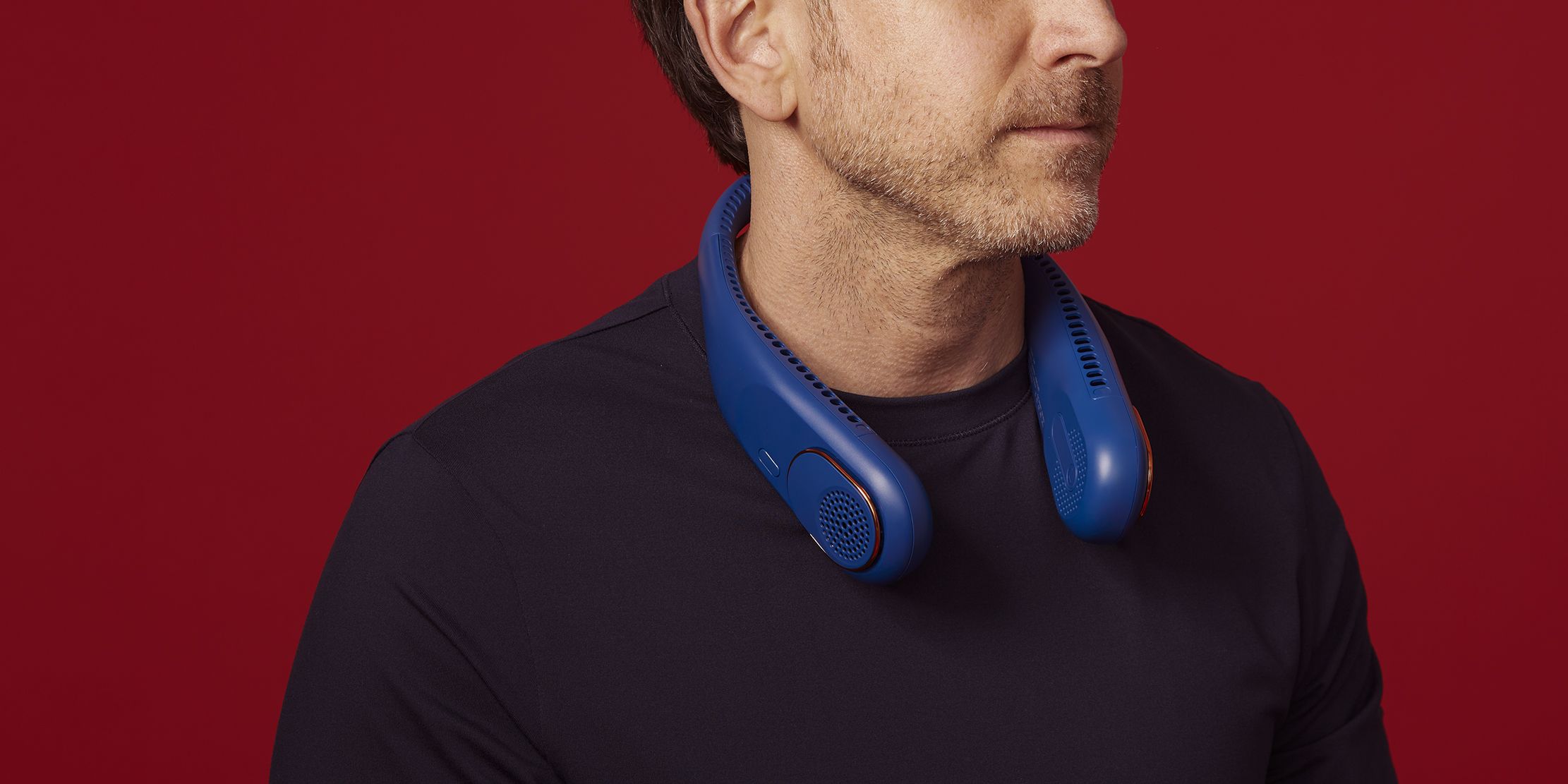A Day in the Life of a Wedding Photographer
Discover what a wedding photographer’s day really looks like—from early preparations to capturing emotional moments and candid magic.

For many, a wedding is a joyful celebration. For a wedding photographer, it’s a day packed with anticipation, creativity, and an incredible responsibility: to capture love stories as they unfold—unfiltered, unpredictable, and unforgettable.
But what really goes on behind the camera? Beyond the beautiful highlight reels and polished photo albums, there’s a hidden rhythm to a photographer’s day: planning, adapting, storytelling—and sometimes sprinting to catch fleeting moments.
Here’s a real-world look at a day in the life of a wedding photographer.
Early Morning: Preparation and Mindset
Before even stepping out the door, a wedding photographer’s day begins with careful preparation:
-
Checking equipment: Cameras, backup cameras, memory cards, batteries, flashes, lenses—all packed and double-checked.
-
Reviewing timelines: The day’s schedule is studied again—ceremony time, group photos, speeches, special requests from the couple.
-
Mental preparation: Weddings are unpredictable. Weather shifts, timelines run late, emotions run high. A wedding photographer steps into the day ready to adapt, reassure, and stay quietly focused.
Often, photographers will pack snacks and water—there’s rarely time to sit for a full meal once the action starts.
Late Morning: Getting Ready Coverage
One of the first parts of the day to document is the "getting ready" moments.
At the bride or groom's preparation site (often a home, hotel, or Airbnb), the focus is on:
-
Details: Dress, shoes, jewelry, flowers, invitation suites
-
Candid interactions: Laughter between friends, quiet nervous moments, parents offering advice
-
Portraits: Capturing the almost-ready transformation—the final zip of the dress, tying the tie, securing the veil
This part of the day is filled with nervous excitement—and photographers know how to blend into the background while still giving gentle prompts when needed.
Early Afternoon: The First Look or Pre-Ceremony Photos
Depending on the couple’s timeline, there may be a first look (a private reveal before the ceremony) or some relaxed group shots before guests arrive.
First looks are emotional and intimate. The photographer’s role? Create space, remain unobtrusive, and let the genuine reactions unfold naturally.
Afterward, if time allows, some couples opt for pre-ceremony portraits with family and wedding party—helping streamline post-ceremony photo time later on.
Mid-Afternoon: The Ceremony
The ceremony is where it all happens—and photographers must be both invisible and everywhere at once.
During this time, the key is to:
-
Move discreetly
-
Capture important moments: the processional, vows, ring exchange, the kiss, the reactions of guests
-
Manage tricky lighting, especially for outdoor or dimly-lit indoor ceremonies
No two ceremonies are the same, and photographers often work around tight spaces, unpredictable weather, or unexpected changes with a calm, professional approach.
Late Afternoon: Group Portraits and Cocktail Hour
After the ceremony, it's usually time for family portraits and wedding party shots.
This part is often the most structured:
-
Organizing groups quickly to avoid guests waiting too long
-
Managing light if the sun is harsh or setting
-
Keeping energy high, even as people grow hungry or tired
Once portraits are done, the photographer often sneaks the couple away for golden hour couple portraits—those magical shots just before sunset, when the light is warm, flattering, and dreamy.
Evening: Reception and Storytelling
The evening brings a change in pace: the formality lifts, and the celebration takes over.
Reception coverage often includes:
-
Entry of the newlyweds
-
Speeches and toasts
-
First dances
-
Cake cutting
-
Dance floor energy
-
Candid guest moments
This is when photographers become visual storytellers—capturing grandparent hugs, kids twirling on the dance floor, emotional speeches, and sparkler exits.
Throughout, they’re constantly adjusting camera settings for changing lighting (candles, fairy lights, DJ strobes) and using off-camera flashes or portable lighting setups when needed.
Late Night: Backup and Reflections
Once the last dance fades and the camera is packed away, the work isn’t over.
Before resting, professional photographers:
-
Backup all memory cards to multiple drives
-
Review a few images for social media sneak peeks (if agreed)
-
Reflect on the day: what worked well, any surprises, highlights they’re excited to edit
Wedding photography isn’t just about pressing the shutter button. It’s about being organized, empathetic, technically skilled—and ready to tell someone’s story in a way they’ll cherish forever.
Skills That Set Wedding Photographers Apart
| Skill | Why It Matters |
|---|---|
| Technical Mastery | Cameras, lenses, lighting, editing software—must know it all instinctively |
| Quick Thinking | Adjusting instantly to surprises: weather, timelines, emotions |
| Emotional Intelligence | Reading the room, calming nerves, knowing when to step in and when to disappear |
| Creativity | Turning ordinary moments into extraordinary images |
| Endurance | Carrying gear for 10+ hours, staying focused, working through exhaustion with a smile |
Final Thoughts: More Than Just Taking Pictures
Being a wedding photographer is about service, art, and heart. It’s about embracing chaos with calm, finding beauty in fleeting moments, and creating lasting legacies for couples and families.
Behind every emotional image, every cinematic frame, is a professional who’s worked tirelessly—and joyfully—to freeze that one perfect moment in time.




































































